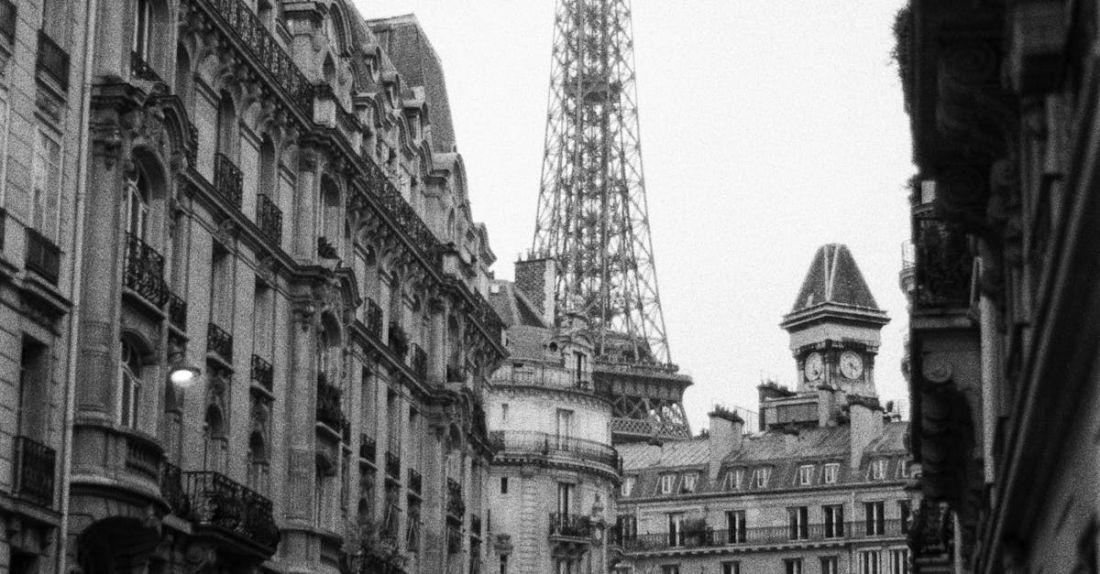
Creating urban green spaces is essential for fostering sustainable and healthy communities in cities worldwide. These areas provide numerous benefits, such as improving air quality, reducing urban heat islands, and enhancing overall well-being. However, designing effective urban green spaces requires careful planning and consideration of various factors. In this article, we will explore the best practices for designing urban green spaces that maximize their impact and usability.
**Understanding the Community’s Needs and Preferences**
One of the key aspects of designing successful urban green spaces is understanding the needs and preferences of the community they serve. Conducting surveys, holding public consultations, and engaging with local residents can provide valuable insights into what amenities and features are most desired. This information can help designers tailor green spaces to meet the specific requirements of the community, ensuring that they are well-utilized and appreciated.
**Incorporating Biodiversity and Native Plants**
Integrating biodiversity and native plant species into urban green spaces is crucial for creating sustainable ecosystems that support local wildlife and enhance the environment. Planting native species can help conserve water, reduce maintenance costs, and promote biodiversity. Additionally, diverse plantings can improve soil health, attract pollinators, and create visually appealing landscapes that are in harmony with the surrounding environment.
**Promoting Accessibility and Inclusivity**
Urban green spaces should be accessible to all members of the community, regardless of age, ability, or socio-economic background. Designers should consider incorporating features such as wheelchair-accessible paths, seating areas, and sensory gardens to ensure that everyone can enjoy the benefits of these spaces. Furthermore, creating inclusive designs that cater to a diverse range of users can help foster a sense of belonging and community cohesion.
**Creating Multi-Functional Spaces**
To maximize the utility of urban green spaces, designers should aim to create multi-functional areas that serve a variety of purposes. For example, incorporating spaces for recreation, socializing, and relaxation can appeal to a wide range of users and encourage frequent visitation. Additionally, integrating sustainable elements such as rain gardens, green roofs, and solar panels can help mitigate environmental impacts and contribute to the overall resilience of the urban landscape.
**Prioritizing Maintenance and Long-Term Sustainability**
Ensuring the long-term sustainability of urban green spaces requires careful planning and ongoing maintenance. Designers should consider factors such as water management, soil health, and plant selection to create resilient landscapes that can thrive over time. Implementing sustainable maintenance practices, such as composting, mulching, and integrated pest management, can help minimize environmental impacts and reduce the reliance on harmful chemicals.
**Engaging with Local Stakeholders and Partners**
Collaborating with local stakeholders, government agencies, non-profit organizations, and other partners is essential for the successful design and implementation of urban green spaces. By involving community members in the planning process and seeking input from experts in landscape architecture, ecology, and urban planning, designers can create green spaces that are well-integrated into the fabric of the city and meet the needs of the community.
**Conclusion: Cultivating Vibrant and Sustainable Urban Green Spaces**
Designing urban green spaces that are vibrant, sustainable, and inclusive requires a thoughtful and holistic approach that considers the needs of the community, the environment, and future generations. By incorporating biodiversity, promoting accessibility, creating multi-functional spaces, prioritizing maintenance, and engaging with local stakeholders, designers can cultivate green spaces that enhance quality of life, promote environmental stewardship, and contribute to the overall well-being of urban residents. By following these best practices, cities can create green spaces that are not only beautiful and functional but also resilient and enduring for years to come.





